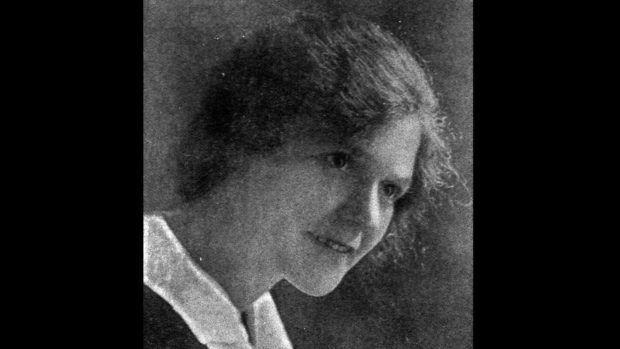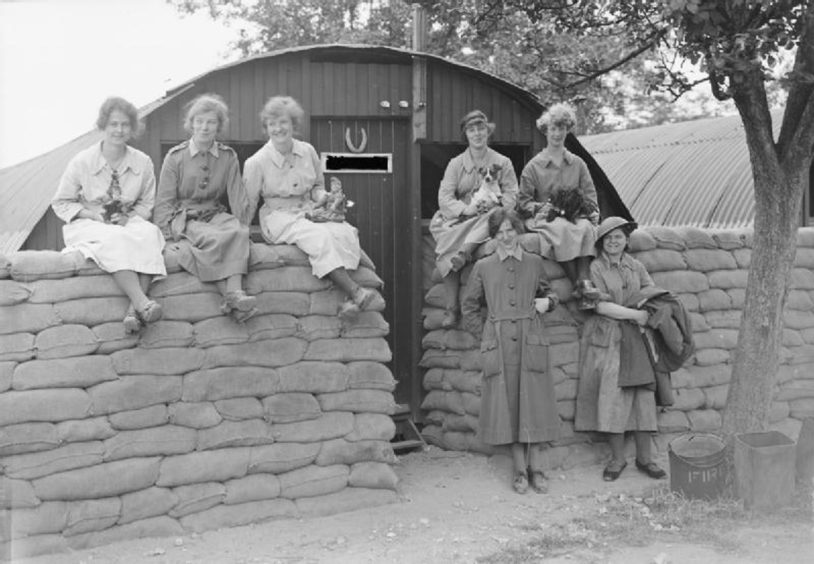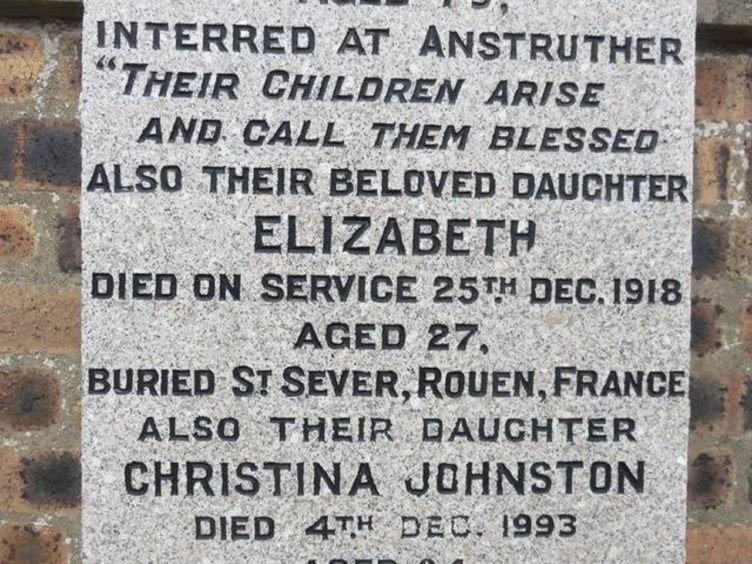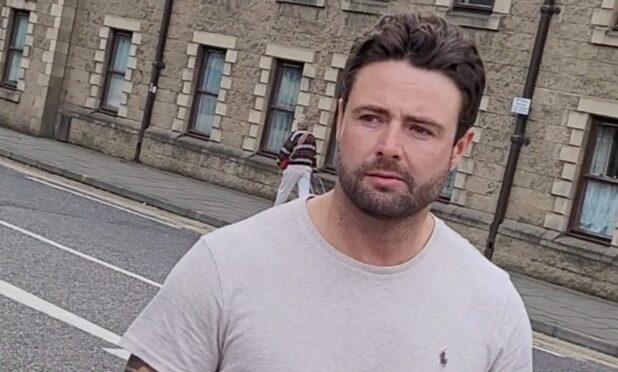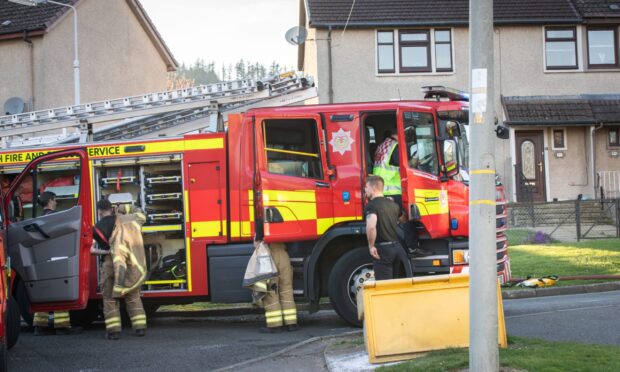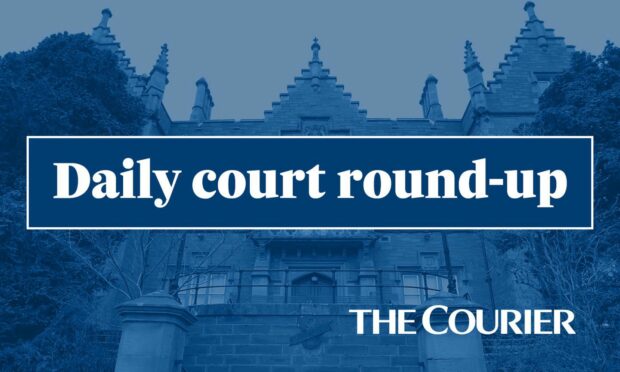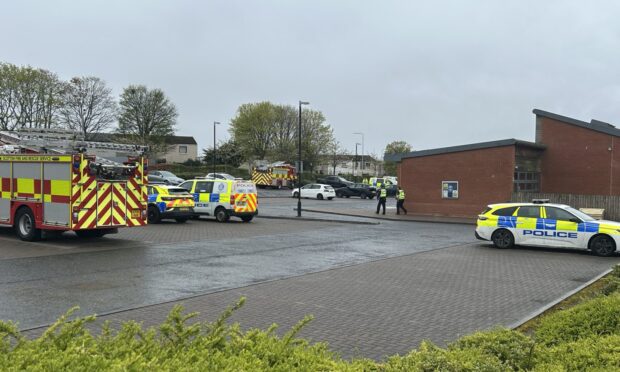A series of events are to be held to commemorate 100 years since the mysterious death of a Fife woman in France.
Elizabeth Johnston, a former pupil of Waid Academy and the daughter of an Anstruther sailmaker, was a telegraphist in Queen Mary’s Army Auxiliary Corps until her tragic death on Christmas Day 1918 when she fell from a church tower in Rouen.
She had been seen at the tower with a young Canadian soldier, Private Donald Cameron, with whom she became romantically involved after meeting on Armistice Day. He played a prominent part at her funeral.
Historians have long questioned the circumstances behind Elizabeth’s demise and it even made the front page of the Journal de Rouen, querying how she could have fallen to her death.
To mark the centenary, the Kilrenny and Anstruther Burgh Collection local archive has planned activities, most notably the mounting of a blue plaque on the house in which Elizabeth grew up in East Green which will be unveiled by Donald’s daughter Mary Martel-Cantelon and Elizabeth’s great niece Ann McKelvie on Thursday.
A performance event entitled ‘After the Armistice: Love and Loss’, which tells Elizabeth and Donald’s story through their letters accompanied by live music composed for the occasion, will take place in Cellardyke on December 12 and Edinburgh on December 14.
A booklet looking at her life will detail research which led to the young Canadian soldier being identified.
Professor Kevin Dunion, who is chair of the Kilrenny and Anstruther Burgh Collection, said Elizabeth’s story was one that resonates to this day.
“Most woman who have come to prominence in the First World War were of private means which allowed them to volunteer e.g. as doctors or nurses,” he explained.
“Elizabeth is representative of the working class women who joined up in their thousands as clerks, cooks and cleaners once the Army paid them to do so.
“Almost uniquely, however, she has left a legacy of diary entries, letters and articles which describe frontline life in khaki and almost every history of women in World War I now quotes from them.
“The recently published history of the Women’s Army Auxiliary Corps in France includes no fewer than 17 extracts from her letters and diaries.
“And in last year’s national commemoration of 100 years of Women in Uniform from 1917 to 2017, it was Elizabeth’s words which were selected to be read out to honour the women of World War I.
“So I do think that marking her centenary is important.”
Prof Dunion’s painstaking research established Donald was a student from Amherst, Nova Scotia.
A Canadian Highlander, he returned home with the rank of a Sergeant after four years service still aged only 20, having lied about his age to join up when only 16 years old.
He had placed the Scottish flag on Elizabeth’s coffin, instead of the customary Union flag, as she had said that is what she wanted if she was to die.
However, the story took another unexpected twist as, on a visit to the Johnston family after the war, Donald’s brother, Alick Cameron, met and then married Elizabeth’s sister Williamina – known as Win.
Prof Dunion tracked down Donald’s daughter Mary in Ottawa, who had no knowledge of her father’s war-time love or of the dramatic events of which he was part.
Mary subsequently came to Scotland in 2016 to visit Elizabeth’s family grave, where her aunt Win is buried and Elizabeth commemorated, and scattered the ashes of her brother (who had died only a few weeks previously) on the grave, symbolically reuniting the two families.
